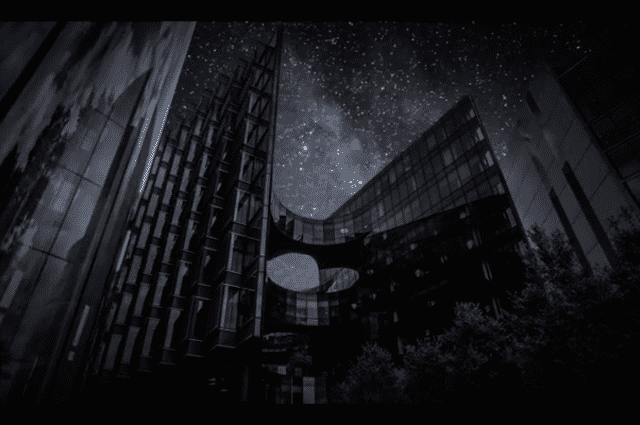This experimental timelapse from Nicolas Bauer shows how London’s sky would look like in the event of a total black-out. Nicholas is an experienced landscape/night sky photographer and timelapse cinematographer. It’s called “experimental timelapse” because it’s not the traditional shooting technique.
“I started shooting this project back in August 2013 and have been slowly gathering footage when conditions were right,” said Buer. “Although each shot in this film is a composite, all footage is real.”
His project also subtly reveals a significant problem – people living in cities have gotten out of touch with nature. We often times don’t even know how to look at the sky.
“I first got the idea for the film when I read an article about a blackout in LA in 1994 where people called 911 reporting these strange clouds floating in the sky, those clouds where in fact the Milky Way,” said Buer. “It made me think about how the lights from cities have made many of us lose our connection to the night sky.”







